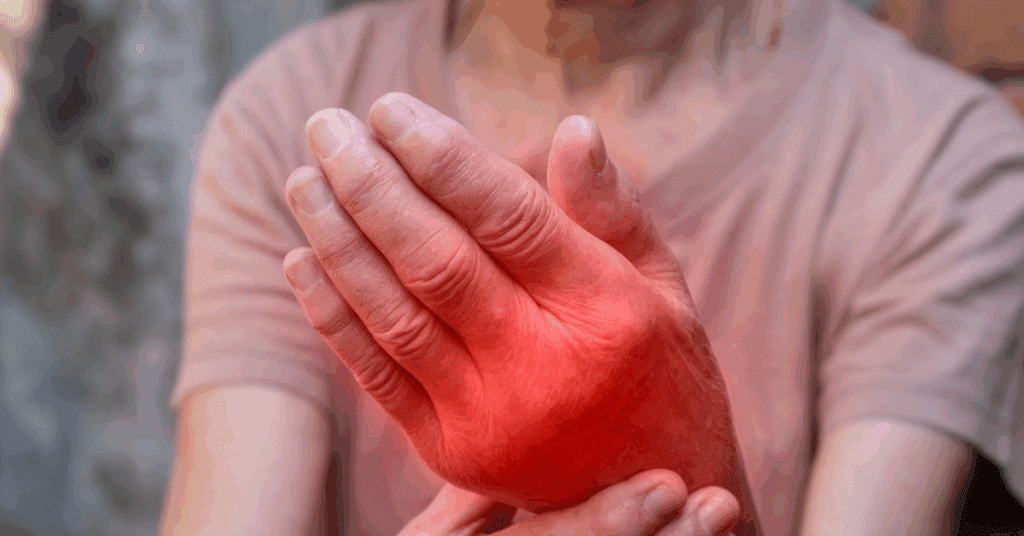FAQs
What are the common causes of joint pain and swelling?
Injuries, autoimmune disorders like rheumatoid arthritis, gout, osteoarthritis, and infections are the most common joint swelling causes. Ayurveda adds poor digestion and dosha imbalance to this list.
What are the symptoms of joint swelling?
Symptoms include visible puffiness, warmth, stiffness, reduced motion, pain during activity, and, in some cases, fluid buildup or deformity.
What is the Ayurveda treatment for joint swelling?
Treatment includes Abhyanga (oil massage), Swedana (steam), detox therapies like Virechana and Basti, herbal pastes, and Rasayana for rejuvenation. Diet and lifestyle adjustments are essential.
What is the recovery time for knee effusion?
Knee effusion recovery time depends on the cause—minor injuries may resolve in days, while chronic or underlying diseases may take weeks or months with consistent treatment.
Can joint swelling be treated at home?
es, mild cases can benefit from oil massage, hot/cold compresses, turmeric milk, and diet changes. However, persistent or severe cases need medical evaluation.
What herbs are best for joint swelling?
Guggulu, Shallaki, Ashwagandha, Turmeric, and Castor oil are commonly used Ayurveda herbs that reduce inflammation and strengthen joints. An Ayurveda physician will be able to help you select which herbs suit you best.
REFERENCES
Hughes-Austin JM, Ix JH, Ward SR, Weisman MH, ODell JR, Mikuls TR, et al. (2021). Evaluating associations of joint swelling, joint stiffness and joint pain with physical activity in first-degree relatives of patients with rheumatoid arthritis: Studies of the Aetiology of Rheumatoid Arthritis (SERA), a prospective cohort study. BMJ Open, 11(9):e050883.

Gerena LA, Mabrouk A, DeCastro A. (2024). Knee Effusion. In: StatPearls [Internet]. Treasure Island (FL): StatPearls Publishing.

ten Brinck RM, van Steenbergen HW, van der Helm–van Mil AHM. (2018). Sequence of joint tissue inflammation during rheumatoid arthritis development. Arthritis Research & Therapy, 20:260.



